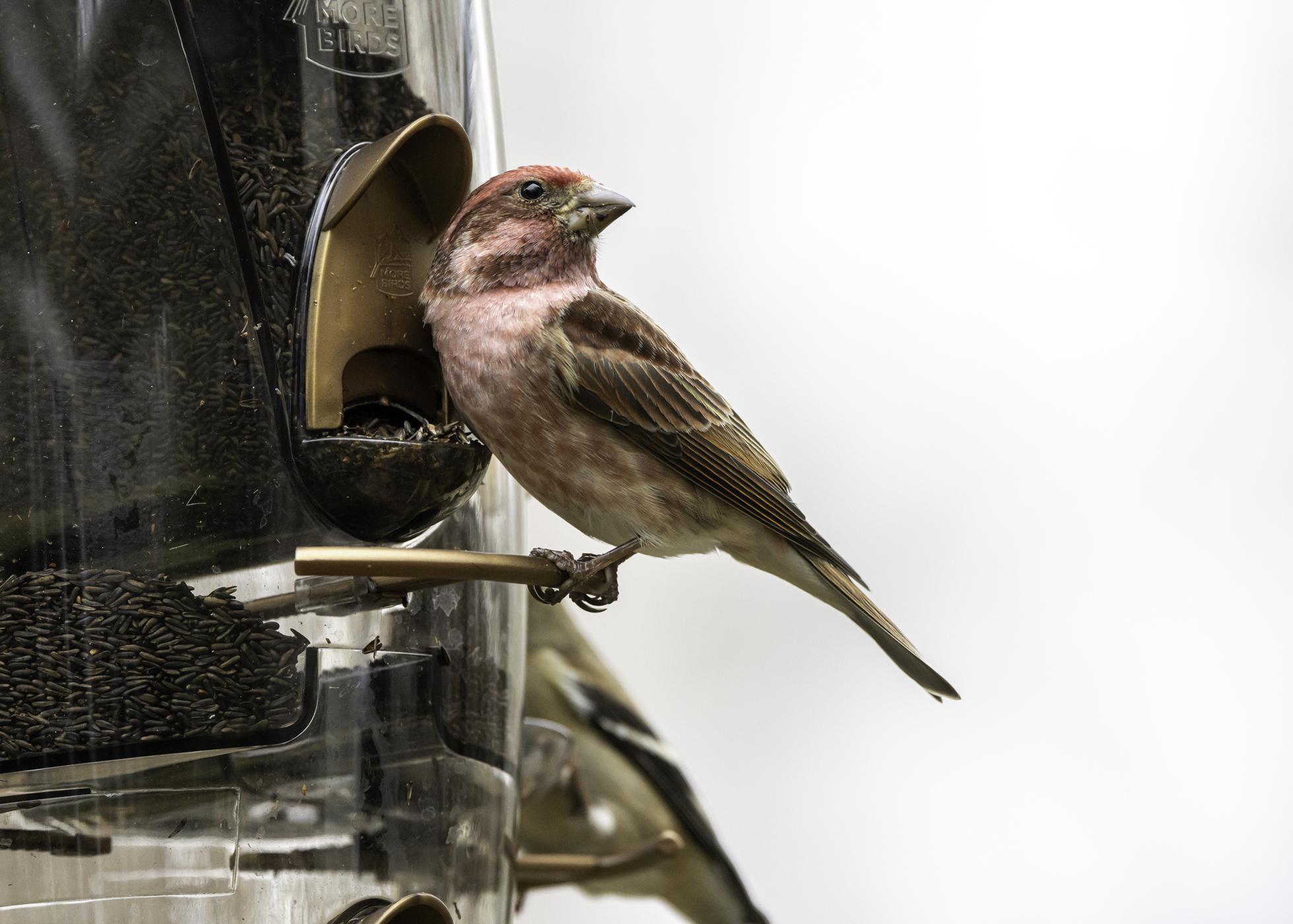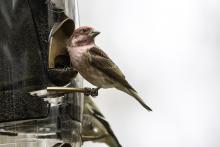Information Possibly Outdated
The information presented on this page was originally released on October 15, 2020. It may not be outdated, but please search our site for more current information. If you plan to quote or reference this information in a publication, please check with the Extension specialist or author before proceeding.
Prepare a wildlife friendly yard for winter
RAYMOND, Miss. -- When all things “pumpkin spice” start filling up your social media feed, you know it’s time to start winter preparations for backyard wildlife.
Many people feel invigorated to get outside and do yard work in the first cool days of October. To help you channel this energy, here are some easy tips on how to provide needed habitat for our critter friends while still tidying up the yard.
Prune landscape plants to maintain shape, promote and direct spring growth, and remove broken or diseased parts. When possible, leave intact vegetation on lower lying branches to increase cover for ground-dwelling birds and mammals. Avoid deadheading native flowers or grasses, and leave seed heads in the landscape to provide natural seed sources for birds and small mammals.
Finally, don’t throw trimmings in the trash; build a wildlife brush pile. Brush piles not only provide cover from the elements for wildlife, but also attract food sources such as worms, insects and other invertebrates.
Clean your bird feeders or hang new ones. Fall is a great time to clean, repair and transition to winter feed sources. Thoroughly clean all feeders with a 10% bleach solution and brush to remove heavy debris. Rinse and let dry fully. Routinely clean bird feeders throughout the year, dependent upon usage.
Black oil sunflower seeds, which are widely available, are the preferred seed of most backyard bird species. Providing thistle seeds through a thistle tube or sock diversifies your offering for several finch species, including the fan favorite American Goldfinch. Suet feeders provide high fat and calorie energy sources for birds during the coldest times of the year.
Add sources of water. Water is essential year-round for wildlife to survive, but it is especially important in the winter. Daily water intake is needed to perform the most basic body functions like thermoregulation. Providing water can become particularly problematic during freeze periods when water is frozen. Consider adding multiple types of water sources in your landscape, including bird baths and small backyard ponds with circulating pumps to combat freezing temps.
For more information on developing a wildlife friendly yard, download MSU Extension Publication 2402, “Establishing a Backyard Wildlife Habitat,” or visit our Lawn and Garden page.

Editor’s Note: Extension Outdoors is a column authored by several different experts in the Mississippi State University Extension Service.









